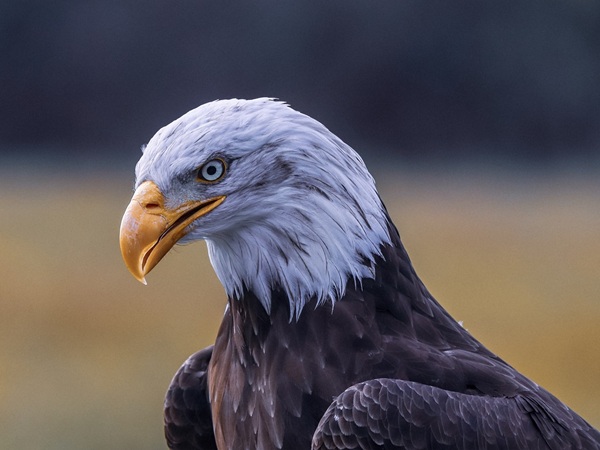ANNAPOLIS, MD—Maryland’s bald eagle population has soared from near extinction to thriving numbers, with an estimated 1,400 breeding pairs across the state, a remarkable recovery largely attributed to environmental protections and widespread conservation efforts.
For 18 years, Glenn Therres, a long-time bald eagle biologist for the Maryland Department of Natural Resources (DNR), conducted annual aerial surveys, witnessing firsthand the dramatic rebound. When he began counting in 1985, only 62 breeding pairs were found in Maryland.
“Every year we would find additional nests and map the new locations,” said Therres, who retired from DNR in 2021.
The numbers steadily climbed, reaching 123 breeding pairs by 1990 and 200 just six years later. By 2004, when DNR ended its formal survey, there were 390 breeding pairs, far surpassing recovery goals for the Chesapeake Bay region.
The resurgence is largely credited to the 1972 ban on DDT, a pervasive pesticide that led to reproductive failures and thin eggshells in eagles and other raptors. Chesapeake Bay eagles had some of the highest pesticide concentrations in the country. Following the ban, populations slowly began to bounce back.
“Bald eagles are a very good example of what happens when you find the solutions and take action, and now you can look at how they’ve come back,” said Dave Brinker, a DNR conservation ecologist, highlighting the species as a success story for protections like the Endangered Species Act.
Gwen Brewer, a DNR science program manager, emphasized the recovery as a testament to societal willingness to make broad changes. “To recover a species that is so widely distributed and that declined to such a serious level—that is something to celebrate,” Brewer said, noting the bird’s cultural significance.
Beyond pesticide restrictions, efforts to restore the Chesapeake Bay and protect nest sites, such as the 1984 Chesapeake Bay Protection Act, also played a crucial role by safeguarding critical habitats from development.
DNR’s aerial surveys, which began in 1977 when a record low of 44 breeding pairs were found, involved biologists and pilots meticulously scanning for nests from low-flying planes.
Today, bald eagles nest in every Maryland county and Baltimore City. Nationally, they were reclassified as “threatened” in 1995 and delisted in 2007.
Since DNR’s surveys concluded, the Maryland Bird Conservation Partnership (MBCP) has coordinated a volunteer-led nest monitoring program. “The data our nest monitors provide help us understand nest success, population trends, and any potential threats to eagles,” said Gabriel Foley, MBCP executive director.
Despite ongoing challenges like avian flu, bald eagle chicks are successfully fledging across Maryland this summer. The Chesapeake Bay region boasts the highest concentration of bald eagles in the United States outside of Alaska, serving as a vital food source and habitat for year-round residents, summer visitors from the south, and wintering populations from the north.
Photo via Pixabay


